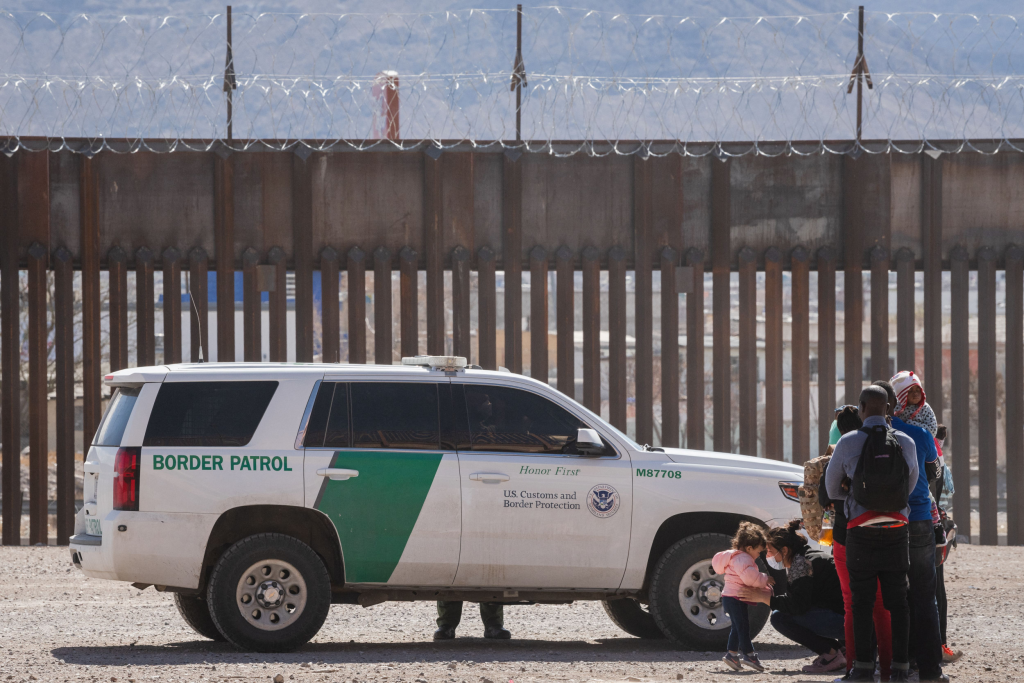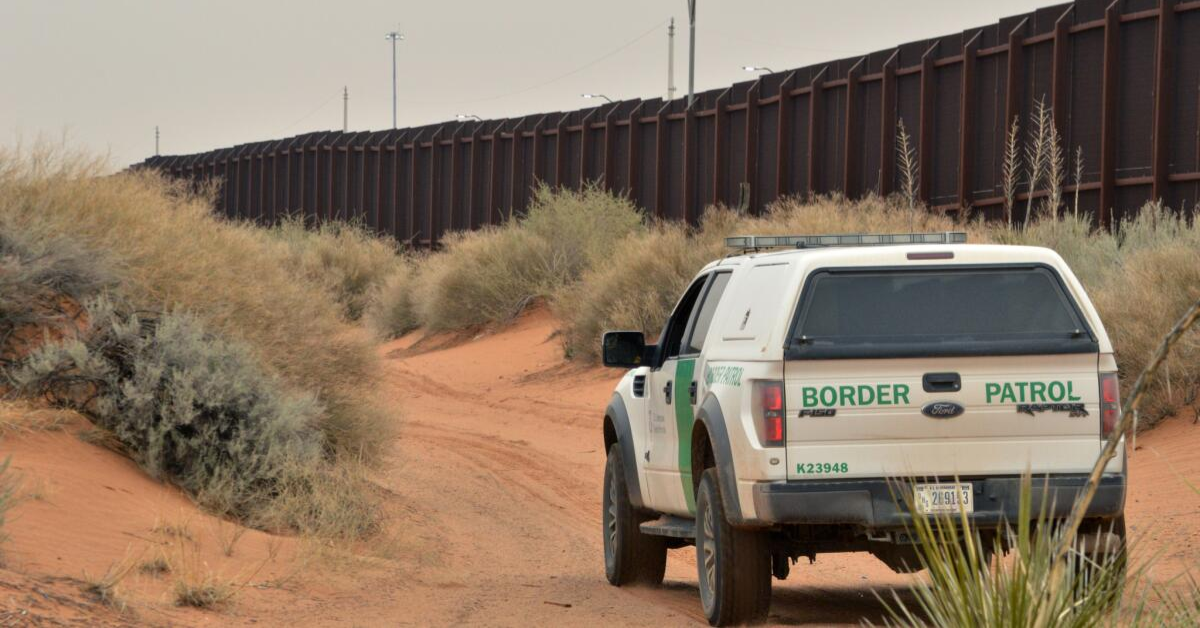The U.S. Border Patrol has recently made a significant move to strengthen security at the northern border of Maine, particularly in the area of Houlton. This action comes in response to a sharp increase in illegal border crossings, with authorities reporting a dramatic 250% rise in vehicle crossings from 2023 to 2024.
In an effort to tackle this issue, the Border Patrol has implemented new security measures, including the installation of small concrete barriers designed to prevent unauthorized vehicle entries at vulnerable points along the U.S.-Canada border.
This development is part of a broader strategy to address the growing concern of illegal crossings between the U.S. and Canada. Houlton, a town in northern Maine, has become a focal point for these illegal activities, leading U.S. Border Patrol to take action to curb the problem. The increase in illegal crossings has raised alarms among local authorities, prompting them to take immediate steps to protect the border and ensure the safety of the region.
The decision to install barriers comes after careful consideration of the most vulnerable areas along the border. These concrete barriers are strategically placed at locations where illegal vehicle entries have been frequent, especially in remote and less monitored sections of the border.
The goal is to create a physical obstacle that will prevent vehicles from crossing into the U.S. without proper authorization. By doing so, authorities hope to reduce the number of illegal crossings and deter individuals from attempting to enter the country unlawfully.
The installation of these barriers is not just about creating a physical blockade. It also represents a broader approach to border security, one that involves the use of technology, surveillance, and increased manpower to monitor and control access to the U.S. from Canada. While the barriers are an important step in the right direction, they are just one piece of the puzzle. U.S. Border Patrol continues to explore additional measures and strategies to improve security and ensure that the border remains protected from unauthorized entries.
The U.S.-Canada border, while less frequently associated with illegal crossings compared to the southern border, has seen a rise in unauthorized entries in recent years. In particular, the area around Houlton has been a hotspot for these activities, with smugglers and individuals seeking to bypass border controls using vehicles. The rising number of illegal crossings has prompted U.S. Border Patrol to step up their efforts to prevent these activities and maintain the integrity of the border.
The increase in illegal crossings in northern Maine is part of a larger trend of rising border security challenges in the U.S. This problem is not just limited to Maine but is also being observed in other areas of the northern border, which has traditionally been less heavily fortified than the southern border. With the growing concern over border security, authorities have been exploring new methods to address these challenges, from physical barriers to advanced surveillance systems.
The installation of concrete barriers in Houlton is just the latest step in an ongoing effort to improve border security. U.S. Border Patrol has also been working closely with local law enforcement agencies, as well as Canadian authorities, to combat illegal activity at the border. Collaboration between the U.S. and Canada has been crucial in maintaining border security and preventing criminal activities such as human trafficking and drug smuggling.
While the installation of barriers is a significant development, it is not without controversy. Some critics argue that building physical barriers along the border is not an effective long-term solution to the problem of illegal crossings.
They suggest that resources could be better spent on improving technology and intelligence-sharing systems to prevent illegal activity. Others contend that the barriers are necessary to ensure the security of the region and protect citizens from potential harm.

Regardless of the debate surrounding the barriers, it is clear that the rise in illegal crossings has forced U.S. Border Patrol to take action. The 250% increase in vehicle crossings in just one year is a clear indication that the situation is becoming more serious. As a result, U.S. authorities are taking a proactive approach to securing the border and preventing further unauthorized entries.
In addition to the concrete barriers, U.S. Border Patrol is also focusing on increasing its surveillance and patrol efforts in the area. This includes the use of advanced technology such as drones and sensors to detect illegal activity in remote sections of the border. These efforts are designed to complement the physical barriers and provide a more comprehensive approach to border security.
The situation at the northern border also highlights the broader challenges facing U.S. immigration policy. While the U.S.-Canada border is often seen as more relaxed compared to the southern border, the rise in illegal crossings is forcing authorities to reconsider how they approach security in these areas. The increasing number of unauthorized vehicle entries serves as a reminder that the issue of border security is complex and requires a multifaceted solution.
As U.S. Border Patrol continues to monitor the effectiveness of the new barriers, it is likely that additional measures will be implemented if necessary. The goal is to ensure that the northern border remains secure while also respecting the rights of individuals crossing the border legally. Balancing security with humanitarian concerns is a difficult task, but it is one that U.S. authorities are committed to addressing.
The installation of concrete barriers along Maine’s northern border is a significant step in the ongoing effort to curb illegal crossings from Canada. With the rise in unauthorized entries, U.S. Border Patrol is taking action to prevent further illegal activity and secure the border.
While the barriers are an important measure, they are part of a larger strategy that includes increased surveillance, collaboration with local and Canadian authorities, and ongoing efforts to improve border security. The situation remains fluid, and U.S. authorities will continue to assess the effectiveness of these measures and take additional actions as needed.
Disclaimer: This article has been meticulously fact-checked by our team to ensure accuracy and uphold transparency. We strive to deliver trustworthy and dependable content to our readers.

